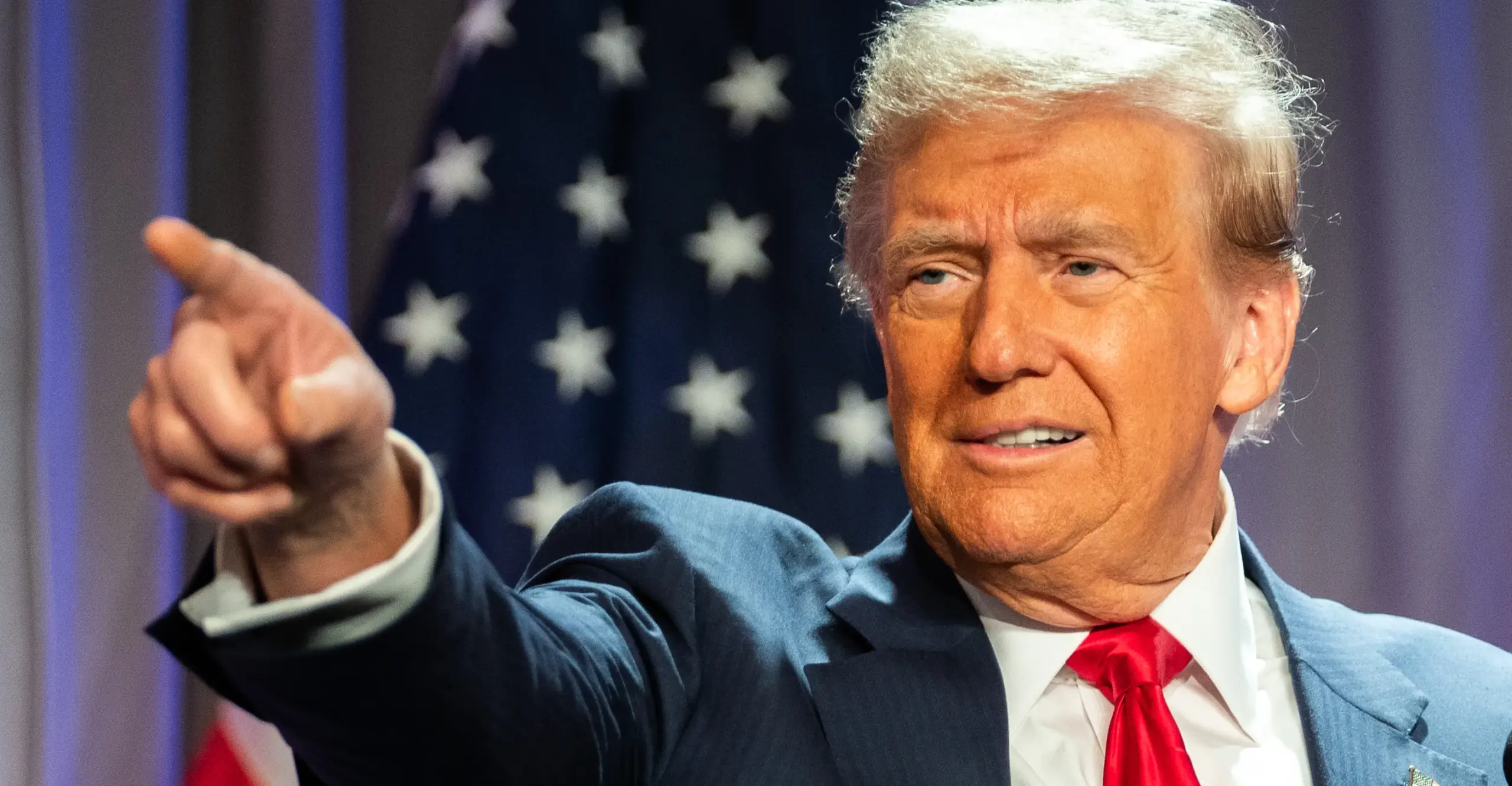The United States and Iran have held their first high-level discussions on Tehran’s nuclear program since 2018, marking a tentative step toward easing years of tensions. The talks took place in Oman, with both sides describing the meeting as “constructive” and agreeing to a second round next week.
Key Details of the Meeting
Location: Muscat, Oman (mediated by Omani officials)
Duration: 2.5 hours
Format: Mostly indirect, with brief direct contact between US and Iranian diplomats
Outcome: Both sides agreed to continue discussions
The US delegation was led by Special Envoy Steve Witkoff, while Iran’s Foreign Minister Abbas Araghchi represented Tehran. The White House called the talks “positive,” while Araghchi said the atmosphere was “respectful.”
Why These Talks Matter
These negotiations are the most significant since former President Donald Trump withdrew from the 2015 Iran nuclear deal (JCPOA) and reimposed sanctions. Since then:
Iran has expanded its nuclear activities, enriching uranium to near weapons-grade levels (60% purity)
The US has maintained a “maximum pressure” campaign of sanctions
Regional tensions have escalated, with proxy conflicts and military threats
Major Obstacles Ahead
US Demands: Washington wants stricter limits on Iran’s nuclear program
Iran’s Conditions: Tehran insists on full sanctions relief before making concessions
Domestic Pressures: Hardliners in both countries oppose major compromises
What Happens Next?
A second round of talks is scheduled for next week. While no breakthrough is expected immediately, the resumption of dialogue signals a potential shift from confrontation to diplomacy.
However, with Iran’s nuclear program more advanced than in 2015 and US elections approaching, the window for a deal may be closing fast.
For more updates, follow our live coverage on BBC News.



